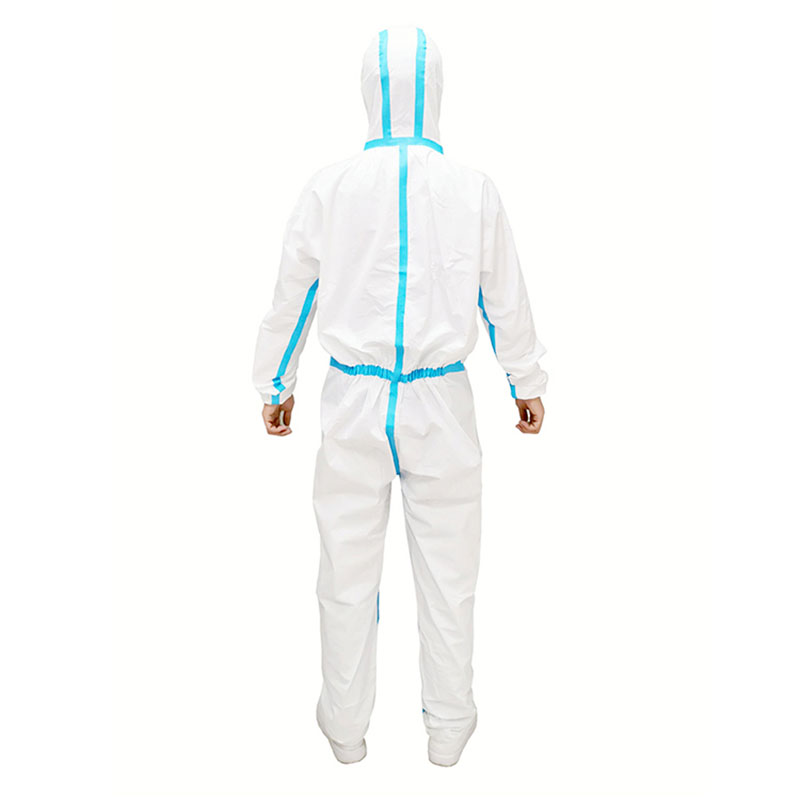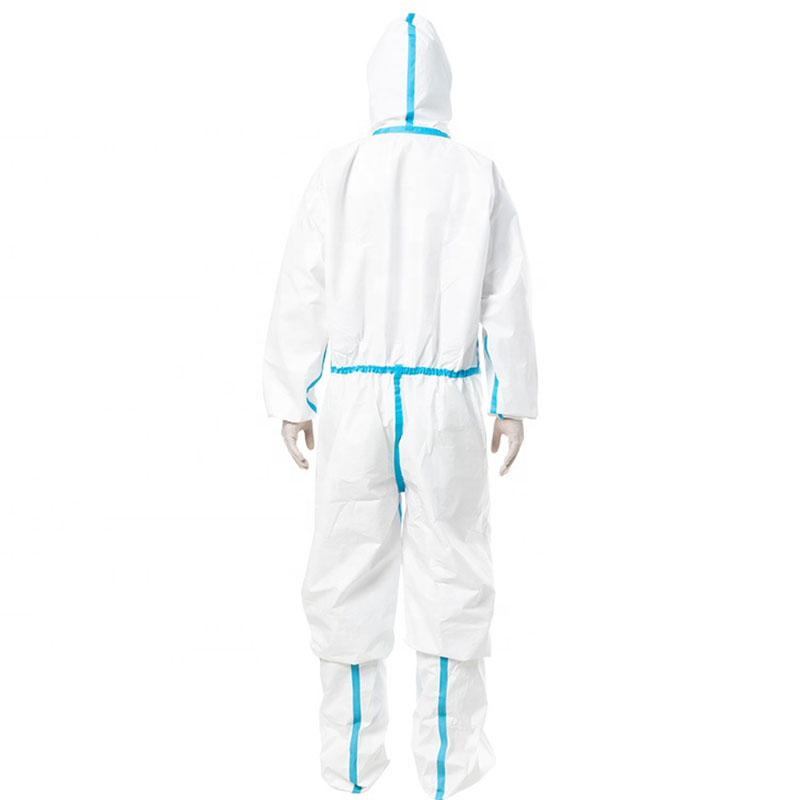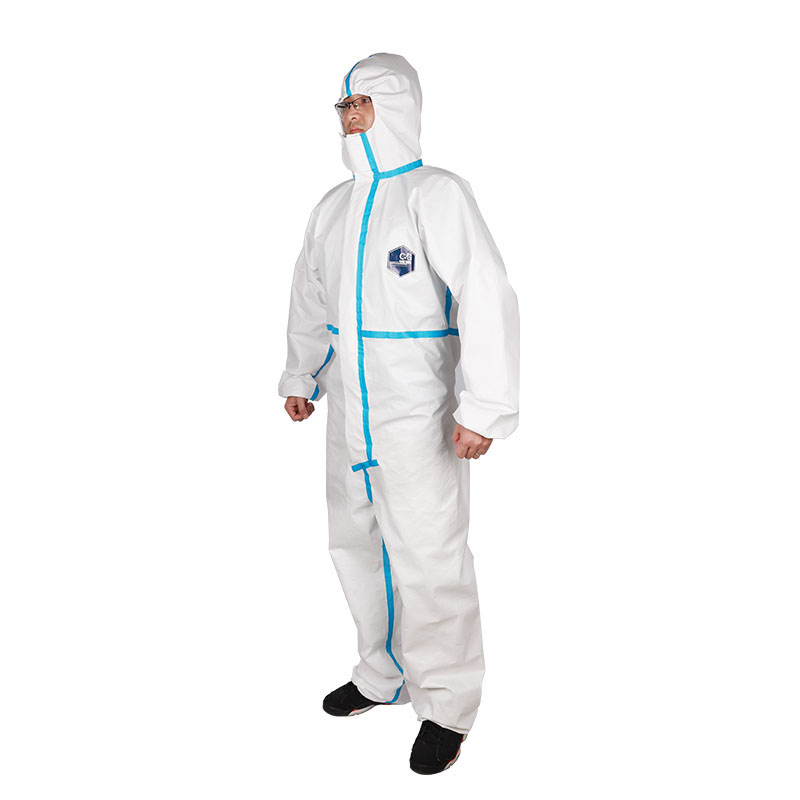How to graft jujube trees in autumn
The time and method of jujube grafting directly affect the grafting survival rate and the growth of the year. Practice shows that the grafting survival rate is the highest in autumn, and the growth is large. The survival rate of jujube trees that are grafted too early will decrease accordingly, and the growth of the year will decrease if grafted too late. Cube-shaped budding (chimeric budding) cut the land wood 30 cm from the ground, cut 2 square centimeters of square cortex from the land stake, then select healthy buds from the scion tree, and cut 2 square centimeters of square-shaped buds The sheet is inserted into the square skin layer cut from the old wood and tied with a plastic film. After grafting, the jujube seedlings should be cultivated to 10 cm above the buds before being frozen (around late October). Large plows can be used for large areas, and a spade can be used for small areas to prevent the buds from freezing. After the spring thaw, before the rootstocks germinate, the cold-proof soil should be withdrawn in time to increase the ground temperature, promote the timely germination of grafts, and facilitate the growth of grafted seedlings. Subcutaneous splicing (inserting skin splicing) is suitable for root grafting, near-ground grafting and high splicing. The method of operation is: first cut one side of the scion into a section with a length of about 3 cm, then cut a small section with a length of about 0.5 cm on the opposite side of the base, and then select the smooth side without branches on the rootstock; use a grafting knife from the top Make a slit to reach the depth of the xylem, about 2.5 cm in length. After cutting, insert the shaved scion from top to bottom between the cortex and xylem of the rootstock, paying attention to the long side facing the xylem. The insertion depth should be 0.3 cm (exposed white) exposed above the scion. Finally, tie it tightly with plastic film. The management of jujube seedlings after grafting is the key factor that affects the survival of grafting is whether to maintain the moisture of the wound and the viability of the scion. Therefore, the soil must be kept moist within 15 days after grafting. After grafting, the rootstock is prone to sprouting, which affects the growth of the graft. In order to make the nutrient supply concentrated, the rootstock should be wiped off in time. If 15 days later, it is found that the grafting buds have not germinated, the rootstock can be left for budding, and the grafting can be carried out in the coming year. The interface is completely healed about one month after the connection, and the membrane should be untied at this time. At the same time, inter-tillage and weeding should be carried out, fertilizer and water management should be strengthened, and pest control should be done to ensure the normal growth of seedlings and improve the quality of seedlings. Disclaimer: Some articles on this website are transferred from the Internet. If the legal rights of a third party are involved, please inform this website for processing. phone
Medical protective clothing refers to the protective clothing used by medical personnel (doctors, nurses, public health personnel, cleaning personnel, etc.) and people entering specific medical and health areas (such as patients, hospital visitors, personnel entering infected areas, etc.). Its function is to isolate germs, harmful ultrafine dust, acid and alkaline solutions, electromagnetic radiation, etc., to ensure the safety of personnel and keep the environment clean.
protective clothing,personal protection,disposable surgical protective clothing Shanghai Rocatti Biotechnology Co.,Ltd , https://www.ljdmedical.com

